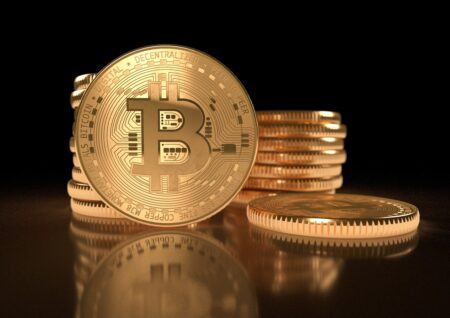Sagar Sarbhai, head of government and regulatory relations (APAC and Middle East) at the Ripple company, told on CNBC on September 17 that the common narrative in the crypto space has now changed.
Sarbhai said:
A couple of years ago, the narrative was ‘blockchain good, crypto bad.’ But I think what we’re now seeing … [more] policymakers and regulators are [realizing] that there is a strong benefit that digital assets and cryptocurrencies bring in.
Emerging Use Cases For XRP
Elaborating on the various use cases for cryptocurrencies, the engineering and information technology graduate noted: “So, for example, [promoting] financial inclusion and lowering barriers to commerce.”
Reflecting on what led to the launch of the Ripple company (five years ago), Sarbhai mentioned that:
Ripple started … as a software enterprise company, and our flagship product is called xCurrent …We have around 120+ banks using the software, [which] can lead to real-time payments seamlessly, and very, very cheaply.
He added:
Our next product is called xRapid that uses a digital asset called XRP and that really is a mechanism to source liquidity in real-time…we [are expecting] some good news soon … when we launch the product.
While acknowledging that xCurrent has been easy to adopt by financial organizations as a blockchain-enabled platform, because it does not have “a crypto asset behind it,” Sarbhai noted that there have been some regulatory challenges with xRapid, “but that was more of the case [or issue] a year ago.”
Changing Crypto Landscape
He continued:
Thailand has come up with sophisticated crypto frameworks to help … banks and [other] financial institutions, payment providers [to] leverage the power of digital assets for payments.
Sarbhai then commented that:
In Abu Dhabi, [Abu Dhabi Global Market] ADGM (an international financial center) came up with a very sophisticated framework to boost institution participation where financial institutions … use a digital asset like XRP for their liquidity needs.
The strategy and finance MBA graduate further mentioned:
There are [still] countries which are sitting on the fence and looking at how things are going. But, I think it’s all positive.
Responding to the several lawsuits “alleging that XRP is security” which could technically complicate matters with regulators, Sarbhai believes:
It’s ultimately the Securities and Exchange Commission (SEC) that will decide. Now, we continue to engage with the SEC [by] educating them about our use case.
Three Reasons Why XRP Is Not A Security
Sarbhai then confidently asserted that the Ripple company:
does not believe XRP is a security and there are [three reasons for that]…[with] number one [being that] if an investor buys XRP, you do not get a stake in the company [as] dividends are not paid out by Ripple, the company.
He continued:
Number two, Ripple and XRP are two different things (or distinct/separate entities). So, tomorrow let’s say for whatever reason Ripple, the company, goes away, the XRP ledger will still stay. XRP ledger is open-source. Anyone can use it. You and I can use it.
Elaborating on “reason number three” as to why he thinks XRP is not a security, Sarbhai said:
The XRP ledger uses a consensus mechanism [that requires] validators …it’s an open-source software… there are around 150 validators today out of which the Ripple company only owns around 10
XRP “Legalized” By Thailand
He added:
So, we do believe that XRP is not a security …Thailand came up with a new asset class called ‘digital assets’. And they said XRP will be one of seven digital assets that we’ll allow for to be traded.
As CryptoGlobe reported, the seven cryptocurrencies, or digital assets, recently legalized in Thailand include bitcoin (BTC), bitcoin cash (BCH), ethereum (ETH), ethereum classic (ETC), litecoin (LTC), stellar (XLM), and ripple (XRP).
Sarbhai also noted that similar crypto regulatory processes had been initiated in Australia, the Philippines. He claimed that:
most of these countries have actually said that XRP and other digital assets are either commodities or a cryptocurrency. ADGM also classified it among other currencies as commodities.









